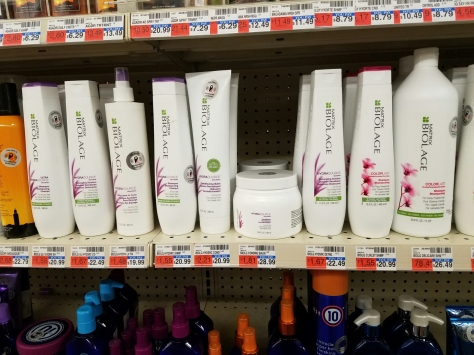A new study claims giving homes to the homeless is more cost-effective than leaving people on the street.
Conducted by the Central Florida Commission Regional on Homelessness, a new study shows it is three times cheaper to give housing to the homeless than to keep them on the street. The study claims that Florida residents pay $31,065 per chronically homeless person every year they live on the streets. A maturing body of academic research now confirms that long-term housing assistance not only successfully reduces homelessness but also is highly cost effective.
Coincidentally, providing permanent housing is the future for New York City. Mayor Bill de Blasio’s administration plans to dedicate 750 apartments a year in public housing to homeless families, which will reduce the number of people in homeless shelters. Until then, however, this plan far from helps the growing number of homeless refugees and impact on the taxpayer’s dollars. Currently, the Department of Homeland Security is forecast to spend $1.04 billion towards preventing homelessness in New York City through June 30. The forecast spending for the homeless initiative is more than each of the city’s budgets for transportation, parks, libraries, cultural affairs and affordable housing.
Homelessness in the New York City shelter system has risen by 73 percent since 2002. In January 2014, the Coalition for Homeless, an advocacy group that tracks the shelter population, recorded 53,615 homeless people in the New York City shelter system. Two months later in March, the number of homeless people each night in the New York City shelter system was recorded to be 54,386, a 2 percent increase since January.
The idea of inducing the development of affordable housing and providing housing for the homeless is utopian. Yes, the homelessness assistance system has decreased the number of people living in the streets. But this temporary solution does not decrease the number of people who become homeless.
Economic fairness, or more formally known as income inequality, is the defining problem for homelessness. The government wants to prate on how they combat homelessness by decreasing and increasing enough homelessness is solve. But the fact is that the government is not decreasing the number of people who become homeless every year.
The New York residents who breach the poverty threshold and fall below the poverty line experience the most housing-cost burden, paying more than 50 percent of their income towards housing. The number of people at risk of homelessness, those in poverty, those living with friends and family and spending half their income on rent, has remained high despite improvements in unemployment and the overall economy.
The U.S. economy has improved since 2007, but wages are still at an all-time low. The middle class, who ensure the stability for the economy, are at the heart of spending. The low wages have shrunk the middle class and pushed them into the poverty threshold.
The 2012 average unemployment rate for workers in the city’s middle class was 6.2 percent, according to NYCC Finance Division Calculation from ASEC-CPS for New York City middle class and March Local Area Unemployment Statistics (LAUS) for New York City unemployment rate.
New York and any other state with a vicious cycling of unemployment will experience higher budgets for homeless initiatives and an increase in efforts in pulling grants together to build more housing with no string attach.
With the decrease in number of homeless people staying in shelters, the public should be concerned with the number of people being transitioned into permanent housing. One of New York’s many housing programs, DHS has placed more than 3,000 chronically homeless individuals into transitional and permanent housing since 2007.
Just because you provide someone with a home does not make him or her well-off. Poverty and homelessness are interconnected. Individuals who judge the homeless do not realize that people in shelters continue to obtain and maintain jobs. In 2013, the city’s Human Resources Administration (HRA) made 7,000 employment placements for New Yorkers in shelters. Wages stagnating against rising costs, such as for rent homes and health care, take into consideration that these elements of living weigh down people already living in poverty. Therefore, putting them in increased risk of becoming homeless.
The point is not to discourage permanent housing but to raise awareness that it is not the solution to the homelessness epidemic and should not serve as a campaign plank for politicians.
Americans need a government that will be the voice for the voiceless who are economically vulnerable in society.




